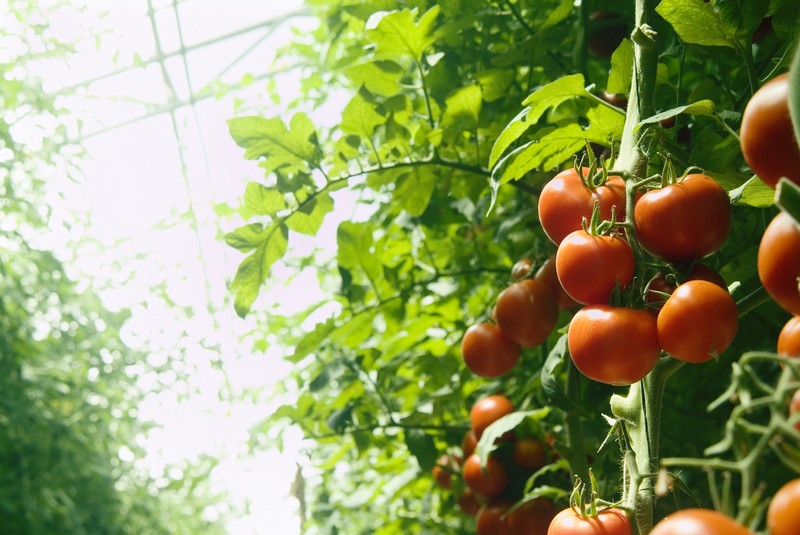Even if you are not good with every other aspect of a homesteading or prepper lifestyle, most can start a vegetable garden or two. Granted, sometimes it does take a bit of a green thumb for some but, more often than not, a would-be gardener is amazed by what they can accomplish! Doing so indoors is no different!
This is one of my favorites, so I definitely have spinach year round. Out in my garden, spinach does best in an incomplete shade and provides a constant supply of leaves. The same can be done indoors by putting it close to a window where it can have 3-4 hours of daylight. Make sure to choose a cool spot because spinach tends to dash in warmth. Bundle the leaves together to urge the plant to deliver new leaves. Spinach can be also be perfectly grown in grow lights.
Save the sunniest area for your home for tomatoes. Plant the seeds in a profound seed tray and once it develops 4-5 real leaves, transfer them to a container. If you prefer not to stake the plants, you can grow them upside down. To induce flowering, you can pinch the tips of the little branches. Provide extra lighting, if necessary. Cherry tomatoes are more productive over the bigger ones when grown indoors.
Growing potatoes indoors require a large plastic sack or a potato box. Fill it with a good quality potting mix and plant your potatoes. Take note that potato plants require a substantial amount of sunlight for you to have a good produce. Check your young spuds and use them for cooking.
Carrots can be grown inside when placed in pots with loose, well-depleting soil. If you can give around 4-5 hours of sunlight or its equal in grow lights, you can get great carrots. However, in the event that the light is compromised, the roots stay little and they take more time to create.
Any varieties of lettuce will do indoors. They require 3-4 hours of clouded sunlight through a window. The loose leaf kinds are perfect for indoors. You can pick the leaves to ensure a continuous harvest. Lettuces are very adaptable in growing exclusively in artificial lights.
Mint prefers shade, hence it is perfect indoors. You can sow it from seeds or from sprouts of mint you buy from the shop. Mint loves rich, damp soil. A single pot is enough to serve as your supply all winter long. The leaves can be utilized to make a delightful mint tea that’s perfect for an upset tummy. Sprigs of mint can be used as a garnish to any dish. If you need a snappy lift-up, just simply brush your hands over the plant.
If there is sufficient light, beans and peas can deliver pods indoors. Shrubbery beans are best for indoor development as you don’t have to bother putting support to post bean varieties. Harvesting is likewise much easier.
We love the idea of year-round fresh tomatoes, carrots, and beans and have heard of a couple homesteaders that have a single room completely dedicated to the practice of indoor gardening! One says she loves the smell of mint and it is awesome to walk inside and smell it, knowing the scent is there all because she made the effort!
To learn more and read about other potential vegetables you can grow inside the house, go to Homesteading. It is when we decide our motivation and imagination need not go any further that a prepper, homesteader, and survivalist loses their mojo. Never give up and see the bounty produced by your imagination!
